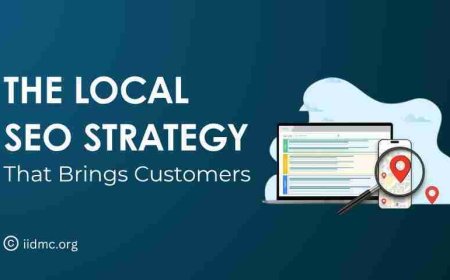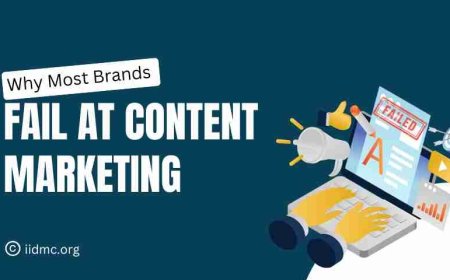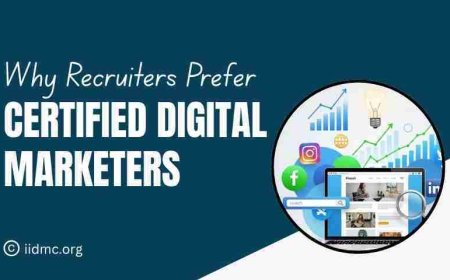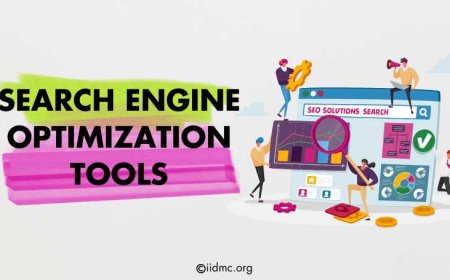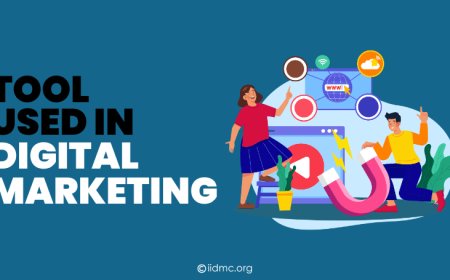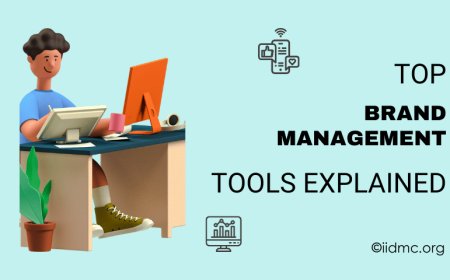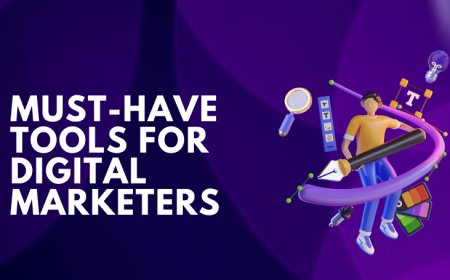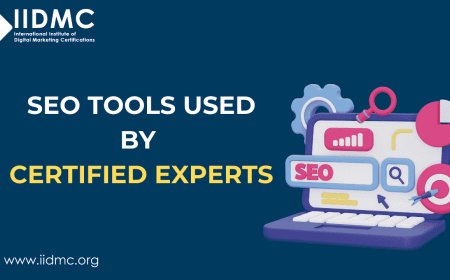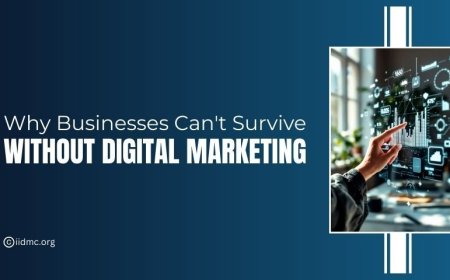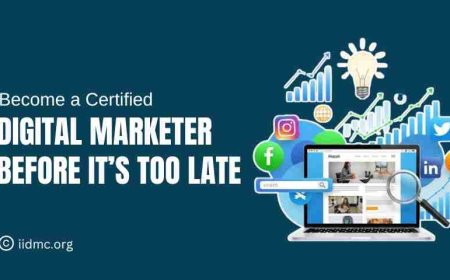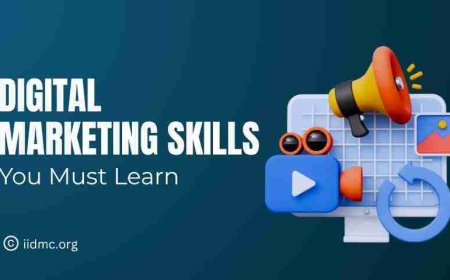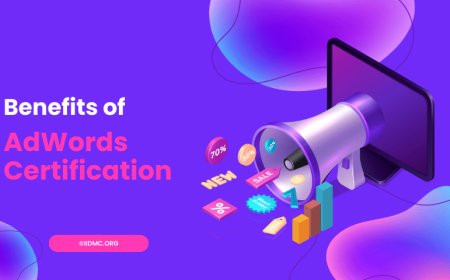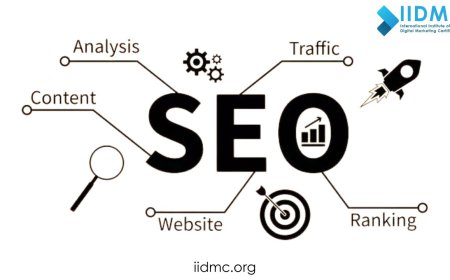Top Brand Management Tools Explained
Explore top brand management tools that streamline brand consistency, customer engagement, asset organization, and analytics. Discover tools to strengthen your brand strategy.
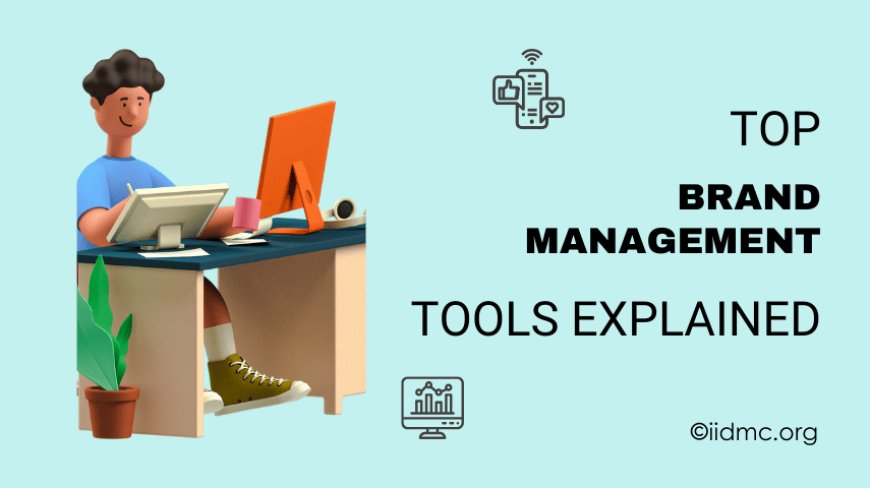
Managing a brand effectively means staying organized, consistent, and keeping your messaging on point across different channels. With so many platforms to reach customers social media, websites, emails, and more it can get challenging to keep everything aligned. That’s where brand management tools come in. These tools help streamline the process, making it easier to ensure your brand looks and feels the same everywhere it appears. In this blog, we’ll explore some of the best brand management tools out there, explaining how each can help keep your brand organized, memorable, and impactful. Whether you’re part of a small business or a large company, these tools can make managing your brand simpler and more efficient.
What is Brand Management, and Why Does It Matter?
-
Brand management is about creating a clear and consistent identity for a company or product.
-
It involves elements like the logo, colors, messaging, and tone to ensure the brand is memorable and recognizable.
-
In simple terms, it’s shaping how people see and feel about a brand to build its personality.
Importance:
-
Builds Customer Trust: Consistent brand elements across platforms make the brand look reliable and professional.
-
Encourages Brand Loyalty: When customers trust a brand, they’re more likely to keep coming back.
-
Competitive Advantage: A well-managed brand stands out among competitors, making it more likely that customers will choose it.
Challenges:
-
Maintaining Consistency: Ensuring the brand looks and feels the same across different platforms.
-
Engaging the Audience: Keeping customers interested as trends and expectations change.
-
Reputation Management: Protecting the brand’s image, especially with customer feedback and reviews.
-
Solution: Brand management tools can help tackle these challenges by keeping brand elements organized, making engagement easier, and maintaining a positive image across all channels.
Key Features to Look for in Brand Management Tools
-
Brand Consistency
-
A good brand management tool should make it easy to maintain the same look and feel everywhere your brand appears, from social media to printed materials.
-
It should offer templates, style guides, or asset libraries that keep logos, colors, fonts, and messaging consistent across platforms.
-
Customer Engagement
-
Look for tools that allow you to interact with customers directly. Features like messaging platforms, social media integration, or review response systems can help you stay connected.
-
These tools allow for real-time feedback and make it easier to respond to customer questions, comments, and even complaints.
-
Analytics and Insights
-
Tracking how well your brand is performing is essential for improving strategy over time. Tools that offer analytics give you insights into customer behavior, engagement rates, and other important metrics.
-
With these insights, you can see what’s working and what needs improvement, helping you make more informed decisions about your brand’s direction.
-
Collaboration
-
Brand management tools with strong collaboration features make teamwork easier by keeping everyone on the same page.
-
Features like shared workspaces, approval processes, and task tracking help teams create, review, and approve content faster, ensuring everyone is aligned on brand standards.
-
Reputation Monitoring
-
Your brand’s reputation matters, and a good tool should help you keep an eye on public perception. Look for tools that track reviews, social mentions, and other customer feedback.
-
With reputation monitoring, you can quickly address any negative comments or issues before they become bigger problems, helping to protect your brand’s image.
Top Brand Management Tools
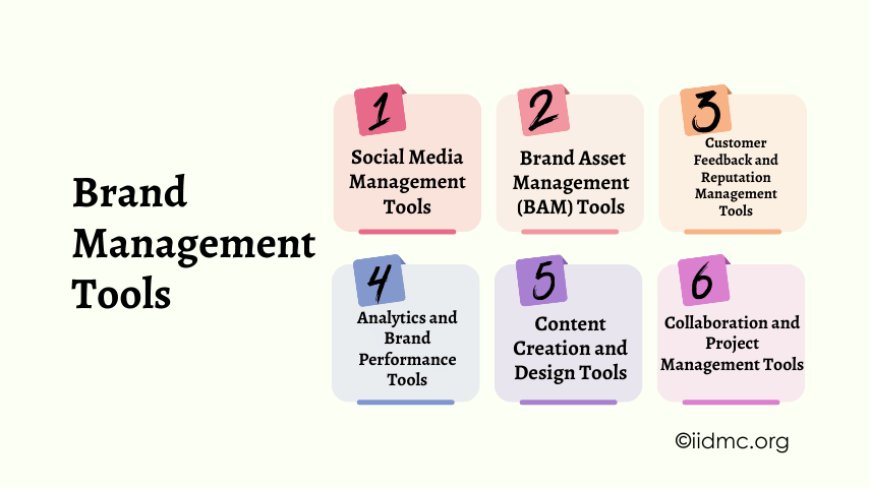
1. Social Media Management Tools
-
Tools to Feature: Sprout Social, Hootsuite, Buffer
-
Explanation: These tools make managing social media easier by allowing you to schedule posts, track engagement, and handle multiple accounts from a single platform.
-
Benefits: They help you keep a consistent social media presence, gather real-time feedback from audiences, and provide analytics to understand what content engages followers the most.
2. Brand Asset Management (BAM) Tools
-
Tools to Feature: Bynder, Widen Collective, Frontify
-
Explanation: BAM tools help you organize, store, and share important brand assets, like logos, images, and design templates, so your team can access them easily and use them consistently.
-
Benefits: With all brand assets in one place, everyone can access approved content quickly, ensuring a unified look and message across all channels.
3. Customer Feedback and Reputation Management Tools
-
Tools to Feature: ReviewTrackers, Trustpilot, Yotpo
-
Explanation: These tools help you gather customer reviews and monitor your brand's reputation online. They make it easy to see what customers are saying and to respond to their feedback.
-
Benefits: Real-time reputation monitoring allows you to address issues immediately, manage customer interactions effectively, and gain insights into what customers like or want improved.
4. Analytics and Brand Performance Tools
-
Tools to Feature: Google Analytics, Brandwatch, HubSpot
-
Explanation: These tools provide data-driven insights on how your brand is performing. You can track website visits, audience demographics, engagement, and more.
-
Benefits: With these insights, you can make smarter decisions, track brand growth over time, and understand more about your audience’s interests and behavior.
5. Content Creation and Design Tools
-
Tools to Feature: Canva, Adobe Creative Cloud, Visme
-
Explanation: Content creation tools allow you to create visuals, videos, and graphics that align with your brand’s look and feel. They offer templates, design elements, and editing tools for high-quality content.
-
Benefits: These tools make it easier to create branded content, support team collaboration on designs, and offer versatility in producing images and graphics suited to various platforms.
6. Collaboration and Project Management Tools
-
Tools to Feature: Asana, Trello, Monday.com
-
Explanation: Collaboration tools streamline project workflows and keep everyone aligned. They offer features like task assignment, timelines, and progress tracking to improve teamwork.
-
Benefits: With these tools, communication is improved, projects stay on track, and the team can work together efficiently, keeping everyone aligned on brand projects and goals.
How to Choose the Right Brand Management Tool for Your Business
1. Identify Your Brand Needs
-
Start by figuring out what your brand actually needs to manage effectively. Do you need help with social media scheduling, analytics, design, customer feedback, or project management? This step helps narrow down the tools that best suit your requirements, so you don’t end up paying for features you won’t use.
2. Budget Consideration
-
Look at your budget and explore different pricing models. Some tools offer monthly subscriptions, while others have annual plans or pay-as-you-go options. It’s a good idea to compare features within your budget range and choose the one that offers the best value for your money without stretching your budget.
3. Scalability
-
As your brand grows, your needs might change, so it’s important to choose a tool that can grow with you. Look for tools that offer flexible plans or add-on features that you can access as your brand expands. This way, you won’t have to switch tools frequently as your requirements evolve.
4. Ease of Use
-
If a tool is too complicated, it may slow down productivity and frustrate the team. Choosing a user-friendly tool that doesn’t require extensive training can make a big difference in how well your team adapts to it. Easy navigation, clear instructions, and a simple interface are all things to look for.
5. Integration with Other Tools
-
Your brand management tool should work well with the tools you’re already using, such as CRM systems, social media platforms, or design software. Check for integration options that allow smooth data sharing across platforms, which can save time and keep your workflows connected.
By considering these factors, you’ll be able to select a brand management tool that fits your business needs, budget, and future goals, helping your brand stay consistent and well-managed.
Tips for Implementing Brand Management Tools Effectively
1. Training the Team
-
To get the most out of any brand management tool, make sure your team knows how to use it. A well-trained team can make full use of the tool’s features, which can boost productivity and consistency. Consider arranging hands-on training sessions, video tutorials, or even a guide that covers the tool’s main functions.
2. Setting Clear Goals
-
Define what you want to achieve with the tool from the start. For example, are you looking to improve brand consistency, boost social media engagement, or monitor customer feedback more closely? Setting clear goals gives the team a focused approach and helps measure the tool’s impact on specific brand goals.
3. Regular Monitoring and Updates
-
Regularly check in on how well the tool is meeting your needs. Are the analytics helping you improve content? Are team members finding it easy to collaborate? Keep an eye on the tool’s performance and make updates or adjustments as needed. A regular review helps you stay on top of any new features or improvements the tool may offer.
brand management tools come in different categories, each helping with a specific aspect of branding: social media tools like Sprout Social manage your online presence, brand asset tools like Bynder organize visuals, feedback tools like Trustpilot keep track of customer opinions, and analytics tools like Google Analytics provide insights on brand performance. Additionally, content creation tools like Canva aid in creating branded visuals, while collaboration tools like Asana help teams work smoothly together.
As the International Institute for Digital Marketing Certification (IIDMC) suggests, investing in brand management tools brings long-term rewards, helping build a strong and reliable brand that people recognize and trust. Take time to explore tools that match your brand’s specific needs—it’s a smart step towards keeping your brand consistent, memorable, and ready to grow.
